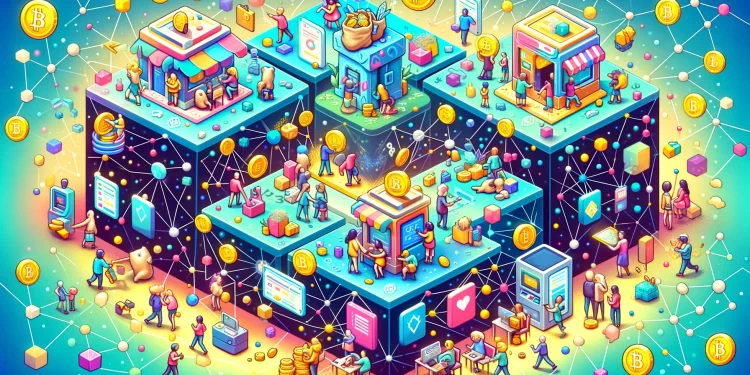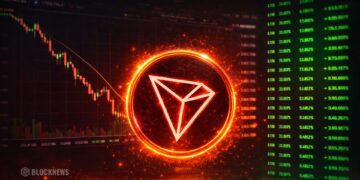- Multiple Ethereum Layer 2 networks project achieving full decentralization within two to three years.
- Networks emphasize enhancements in user experience and security before reaching “Stage 2” of decentralization.
- Leaders in blockchain express challenges and the necessity of community readiness for true decentralization.
A shift towards complete decentralization within Ethereum’s Layer 2 networks is anticipated to materialize in the next few years, as conveyed by several blockchain project leaders. The move towards “Stage 2” decentralization, which denotes the highest level of independence from central control, is seen as a critical evolution for these networks.
Nicolas Liochon, the founder of Linea, suggests that most Layer 2 solutions (L2s) will achieve this advanced stage of decentralization soon, aiming for significant user experience and security enhancements first. His platform, for example, has made strides in reducing costs significantly, which is part of their broader upgrades before pushing for full decentralization.
Advancements and Expectations
Matter Labs’ CTO, Anthony Rose, predicts that leading Layer 2 networks will achieve full decentralization in the next couple of years, forecasting a consolidation in the sector. He anticipates that a few large networks will dominate, each becoming fully decentralized and capable of operating independently.
Karl Floersch, co-founder of Optimism, views the progression to full decentralization as both swift and imperative. He acknowledges the technical and security challenges involved, especially when implementing multiple proofs essential for ensuring network security. However, he remains optimistic about achieving this milestone shortly.
Challenges and Innovations in Decentralization
Conversely, some experts believe that full decentralization remains a distant goal. Kevin Liu, co-founder of Metis, argues that most Layer 2 networks face substantial hurdles due to their reliance on token-voting systems that tend to concentrate control among large token holders. He suggests decentralizing sequencers as a solution to ensure a more distributed control and benefit system for all network participants.
With these networks edging closer to full decentralization, the blockchain community watches eagerly, understanding that these advancements could redefine the security, autonomy, and efficacy of blockchain technology.














